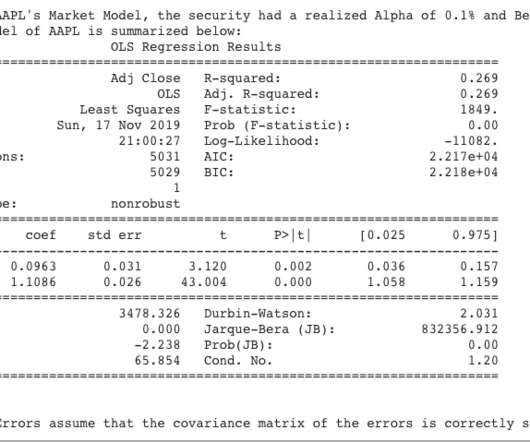Generative AI that’s tailored for your business needs with watsonx.ai
IBM Big Data Hub
SEPTEMBER 28, 2023
To provide even deeper domain expertise, the Granite family of models was trained on enterprise-relevant datasets from five domains: internet, academic, code, legal and finance, all scrutinized to root out objectionable content, and benchmarked against internal and external models. for clients and partners to work with.















Let's personalize your content